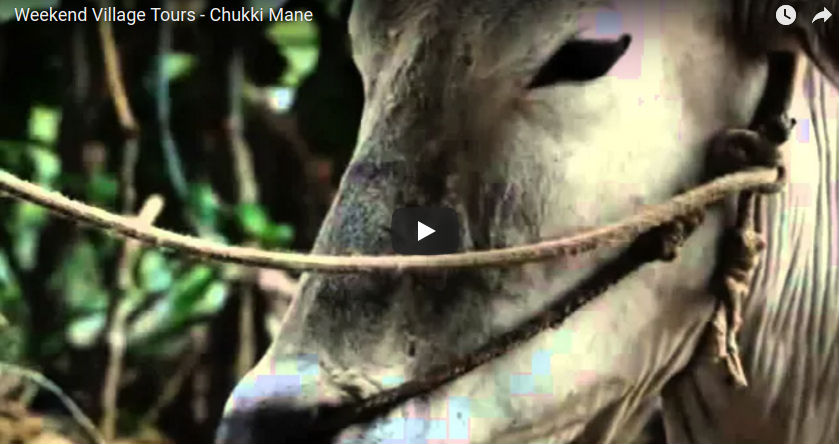
Weekend Village Tours – Chukki Mane
Rejuvenate your senses with the weekend village tours. Experience the real village life, cattle, history and heritage, traditions and the importance of villages in building our nation.

Gaganachukki and Barachukki Waterfalls
Weekend experience @ CHUKKI MANE near Gaganachukki and Barachukki waterfalls

Chukki Mane Tour
Weekend Getaway Resorts near Bangalore – Family Outing Resorts ChukkiMane Tour Look at the beauty of nature along with lush greenery. #Banyantree #ChukkiMane

Talakad
Talakadu also houses a temple dedicated to Lord Vishnu. The Keertinarayana temple, built using black granite and bricks, is a splendid example of Hoysala style of architecture. The highlight of this temple is the 2 meter tall main deity of the Lord.
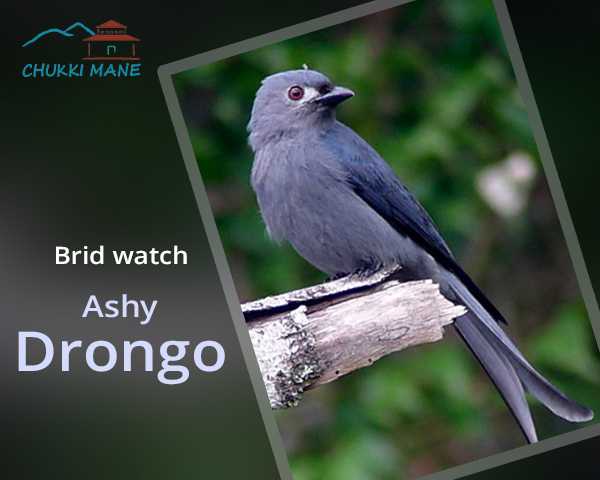
Bird Watch at Chukki Mane : Ashy drongo
The ashy drongo is a species of bird in the drongo family Dicruridae. It is found widely distributed across South and Southeast Asia with several populations that vary in the … Continue reading
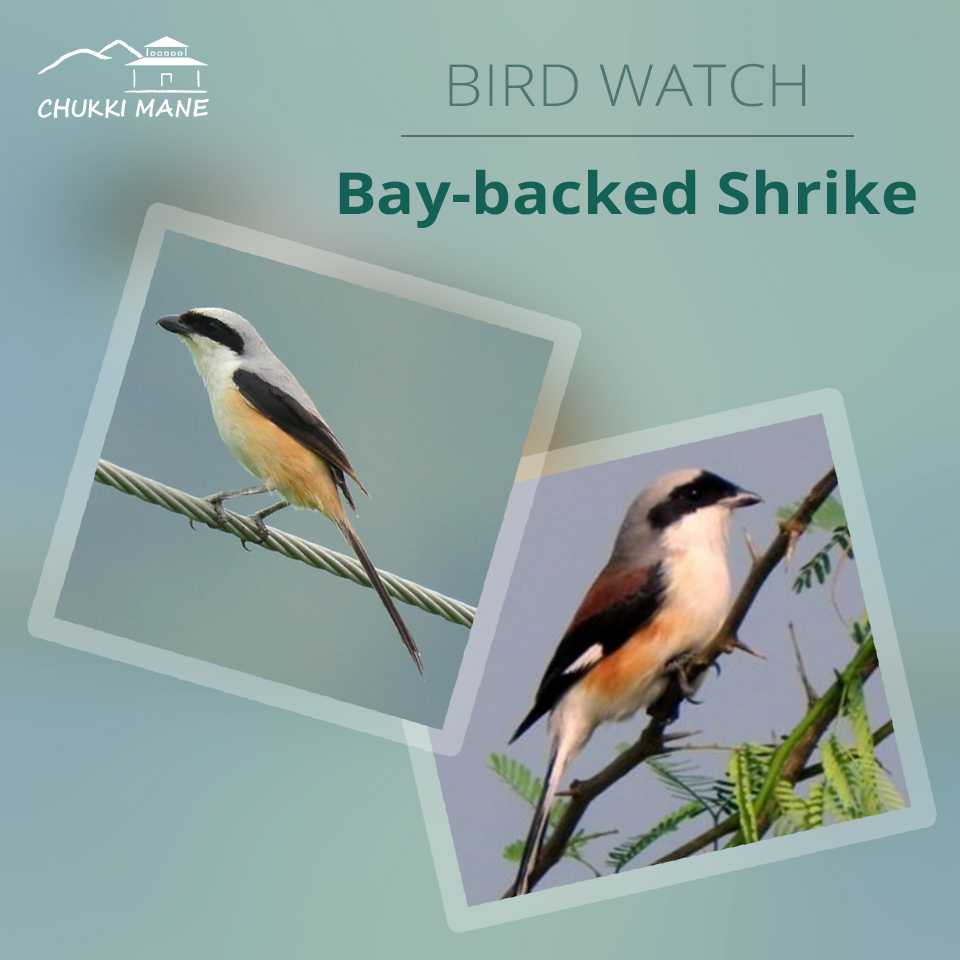
Bird Watch at Chukki Mane : Bay-backed shrike
The bay-backed shrike is a member of the bird family Laniidae, the shrikes, resident in South Asia. The bay-backed shrike has a characteristic upright “shrike” attitude perched on a bush, … Continue reading
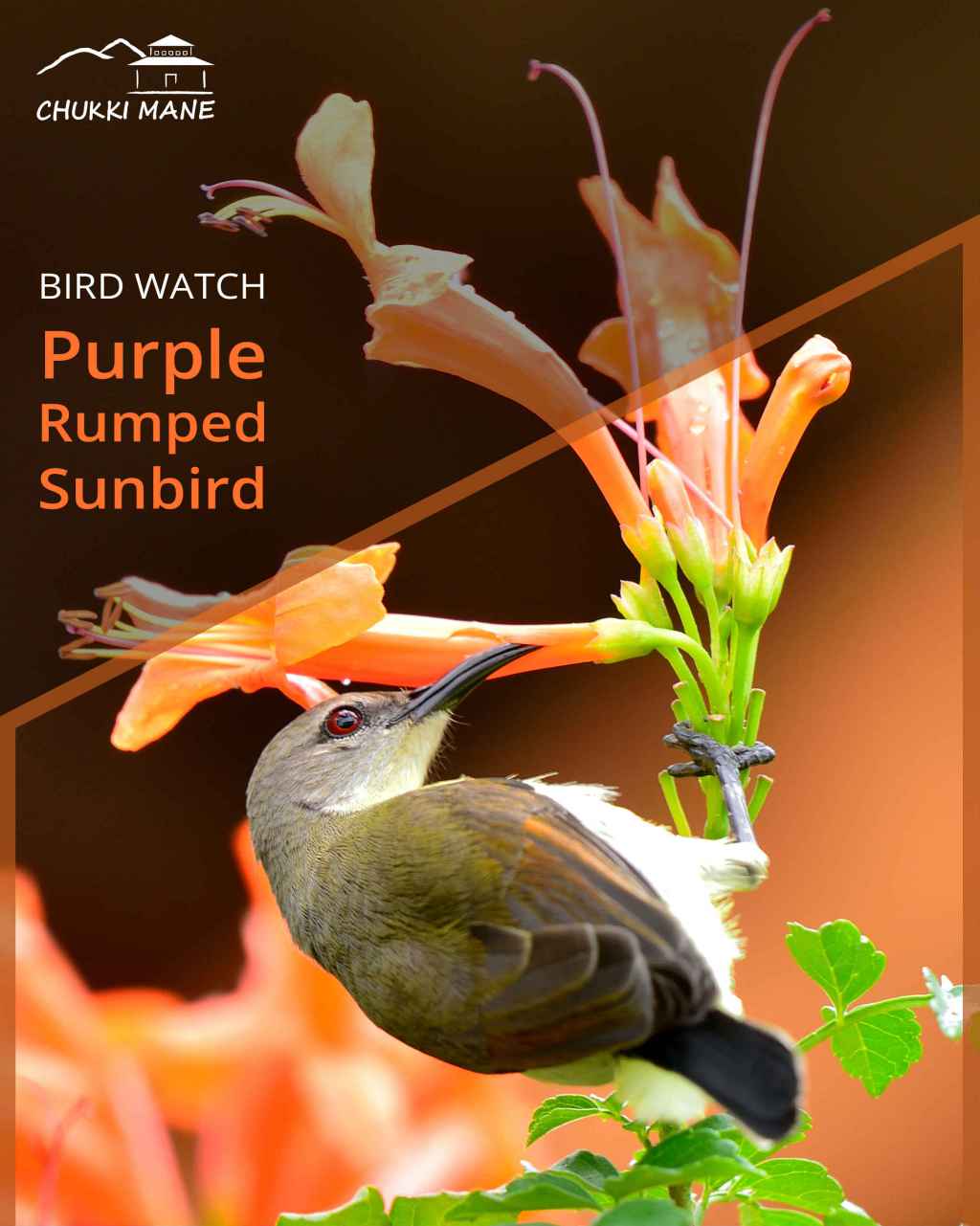
Bird Watch at Chukki Mane : Purple-Rumped Sunbird
The purple-rumped sunbird is a sunbird endemic to the Indian Subcontinent. Like other sunbirds, they are small in size, feeding mainly on nectar but sometimes take insects, particularly when feeding … Continue reading
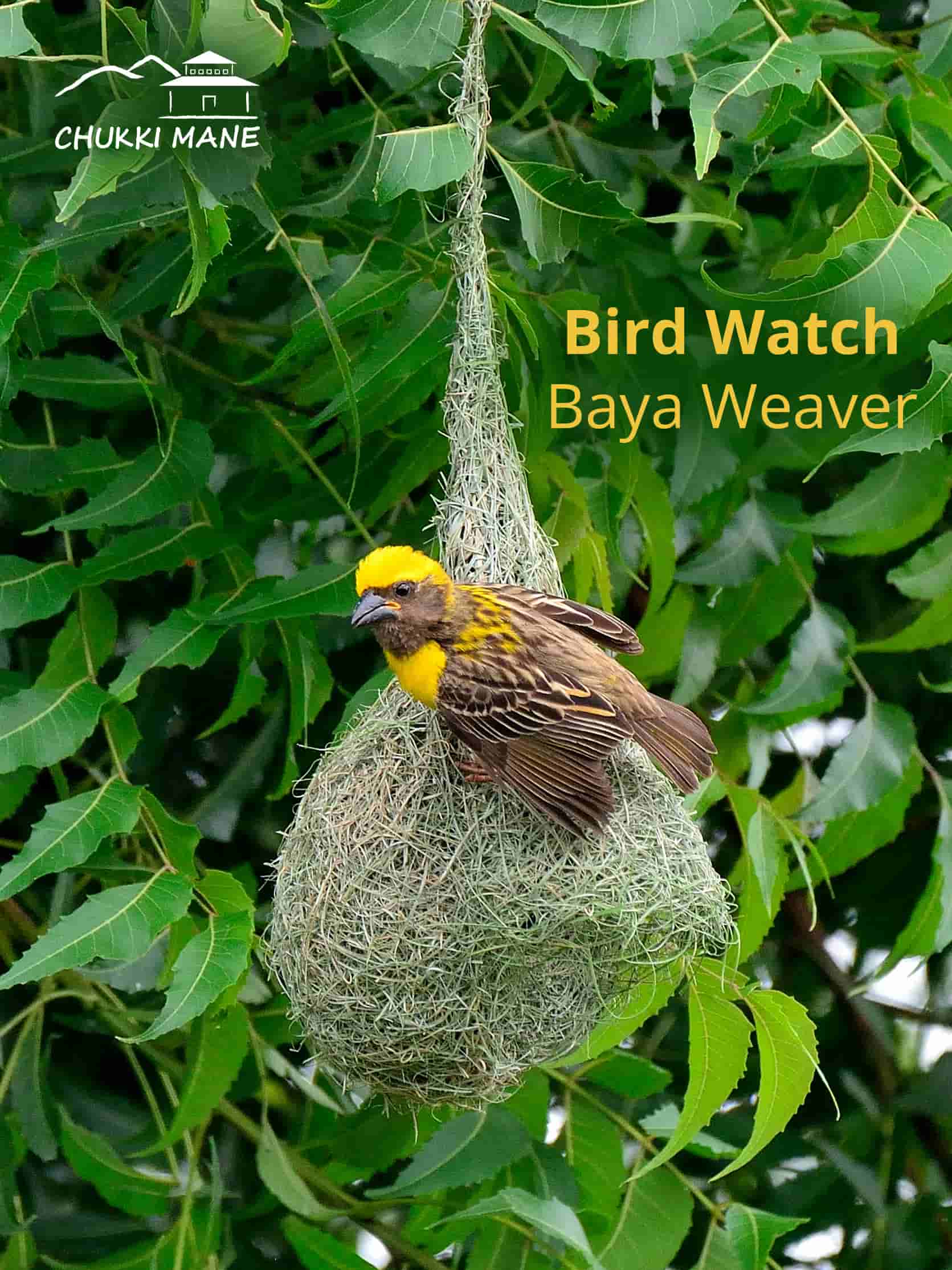
Bird Watch at Chukki Mane: Baya Weaver
The baya weave is a weaverbird found across the Indian Subcontinent and Southeast Asia. Flocks of these birds are found in grasslands, cultivated areas, scrub and secondary growth and they are best known for their hanging retort shaped nests woven from leaves.
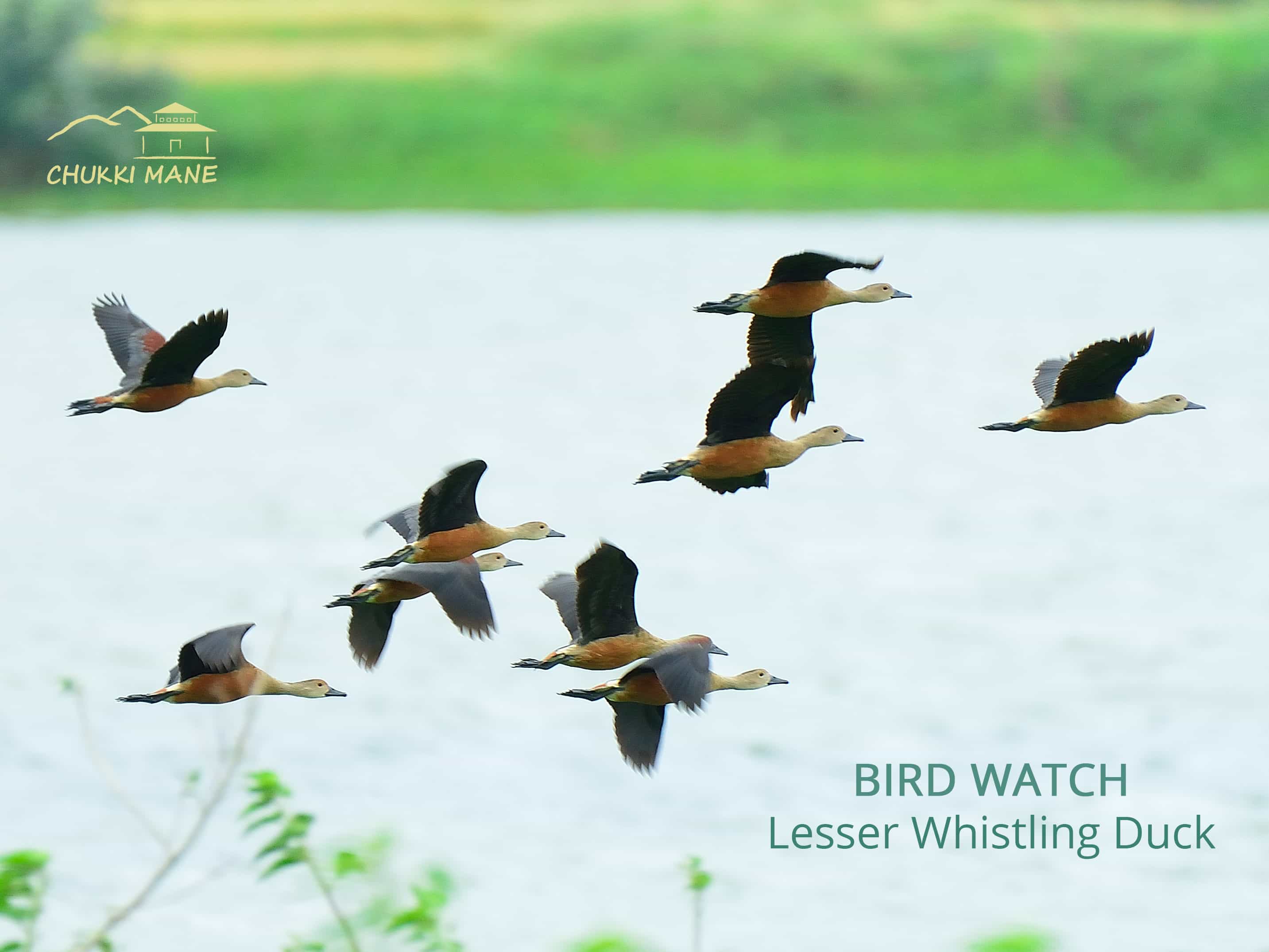
Bird Watch at Chukki Mane: Lesser whistling duck
The lesser whistling duck also known as Indian whistling duck or lesser whistling teal, is a species of whistling duck that breeds in the Indian subcontinent and Southeast Asia. They are nocturnal feeders that during the day may be found in flocks around lakes and wet paddy fields.




